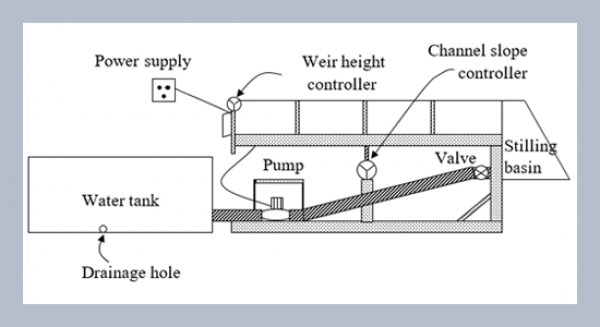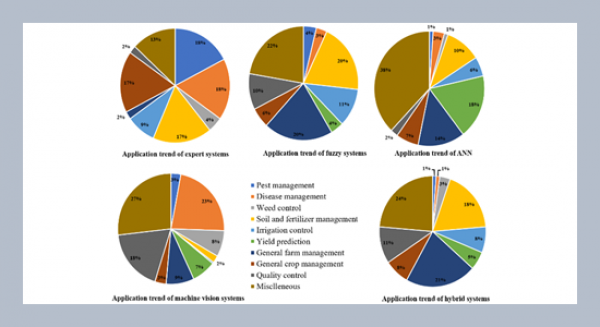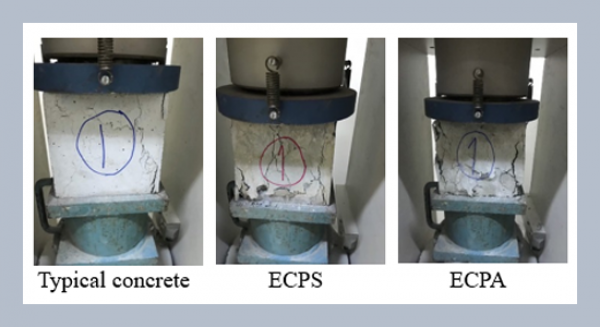Y.N. Reddy, GBSL. Soujanya, and K. Phaneendra* Department of Mathematics, National Institute of Technology, WARANGAL, India
Download Citation:
|
Download PDF
In this paper, we present a numerical integration method to solve singularly perturbed delay differential equations. In this method, we first convert the second order singularly perturbed delay differential equation to first order neutral type delay differential equation and employ the numerical integration. Then, linear interpolation is used to get three term recurrence relation which is solved easily by discrete invariant imbedding algorithm. The method is demonstrated by implementing several model examples by taking various values for the delay parameter and perturbation parameter.ABSTRACT
Keywords:
Singularly perturbed boundary value problems; delay term; boundary layer; integr-ation method.
Share this article with your colleagues
REFERENCES
ARTICLE INFORMATION
Received:
2011-10-29
Revised:
2012-02-21
Accepted:
2012-03-29
Available Online:
2012-09-01
Reddy, Y.N., Soujanya, GBSL., Phaneendra, K. 2012. Numerical integration method for singularly perturbed delay differential equations. International Journal of Applied Science and Engineering, 10, 249–261. https://doi.org/10.6703/IJASE.2012.10(3).249
Cite this article:















